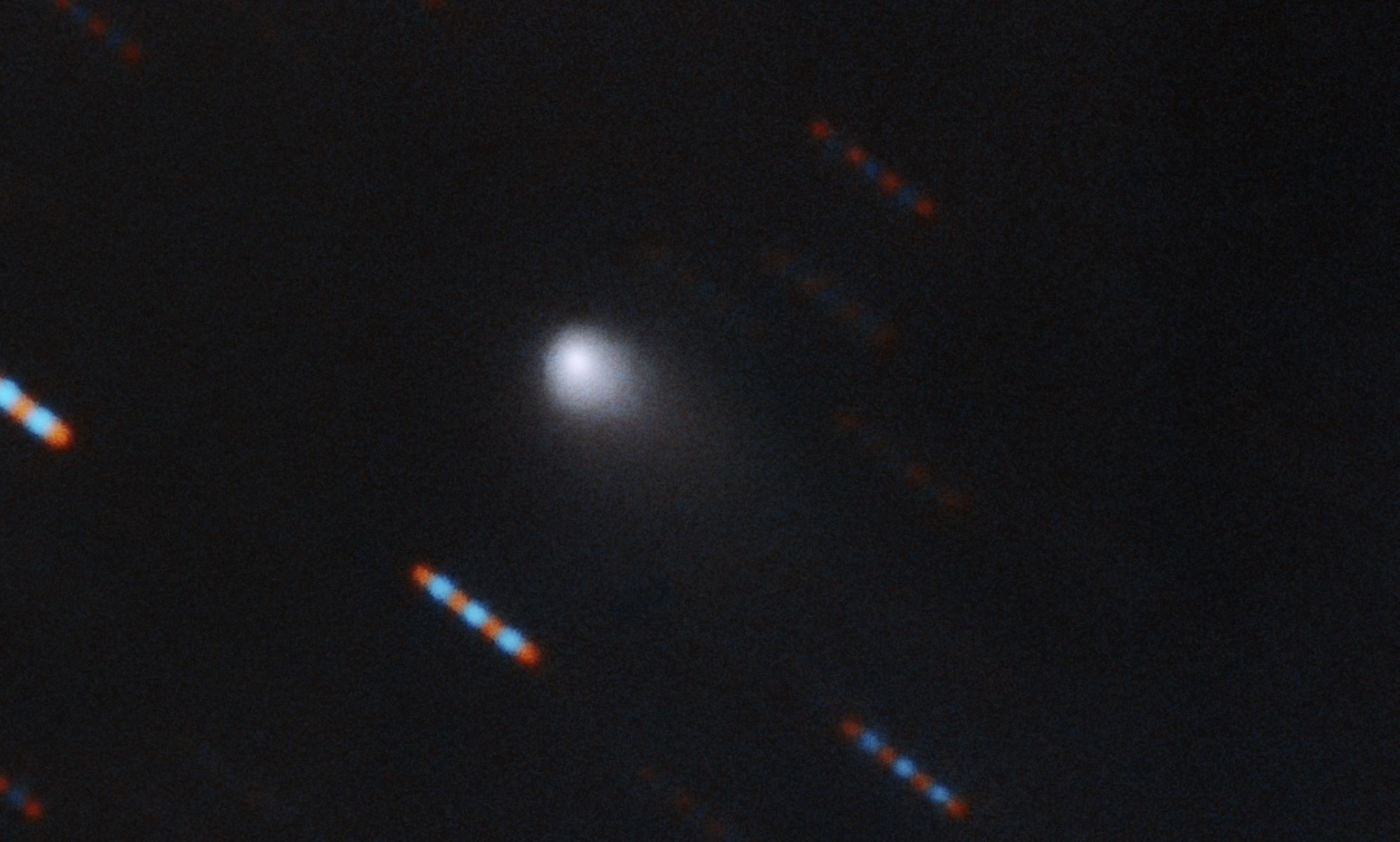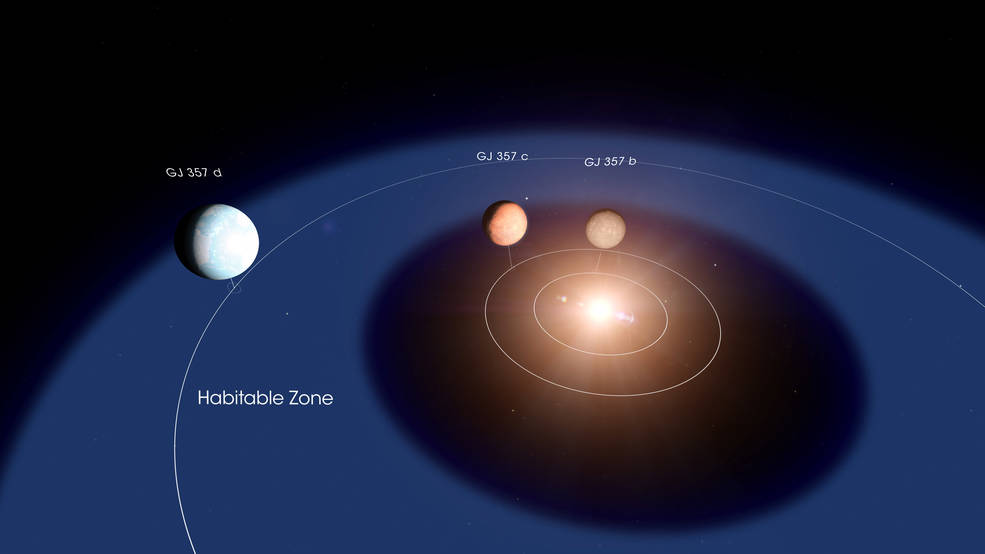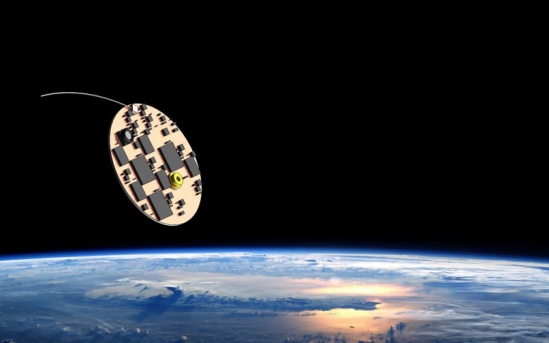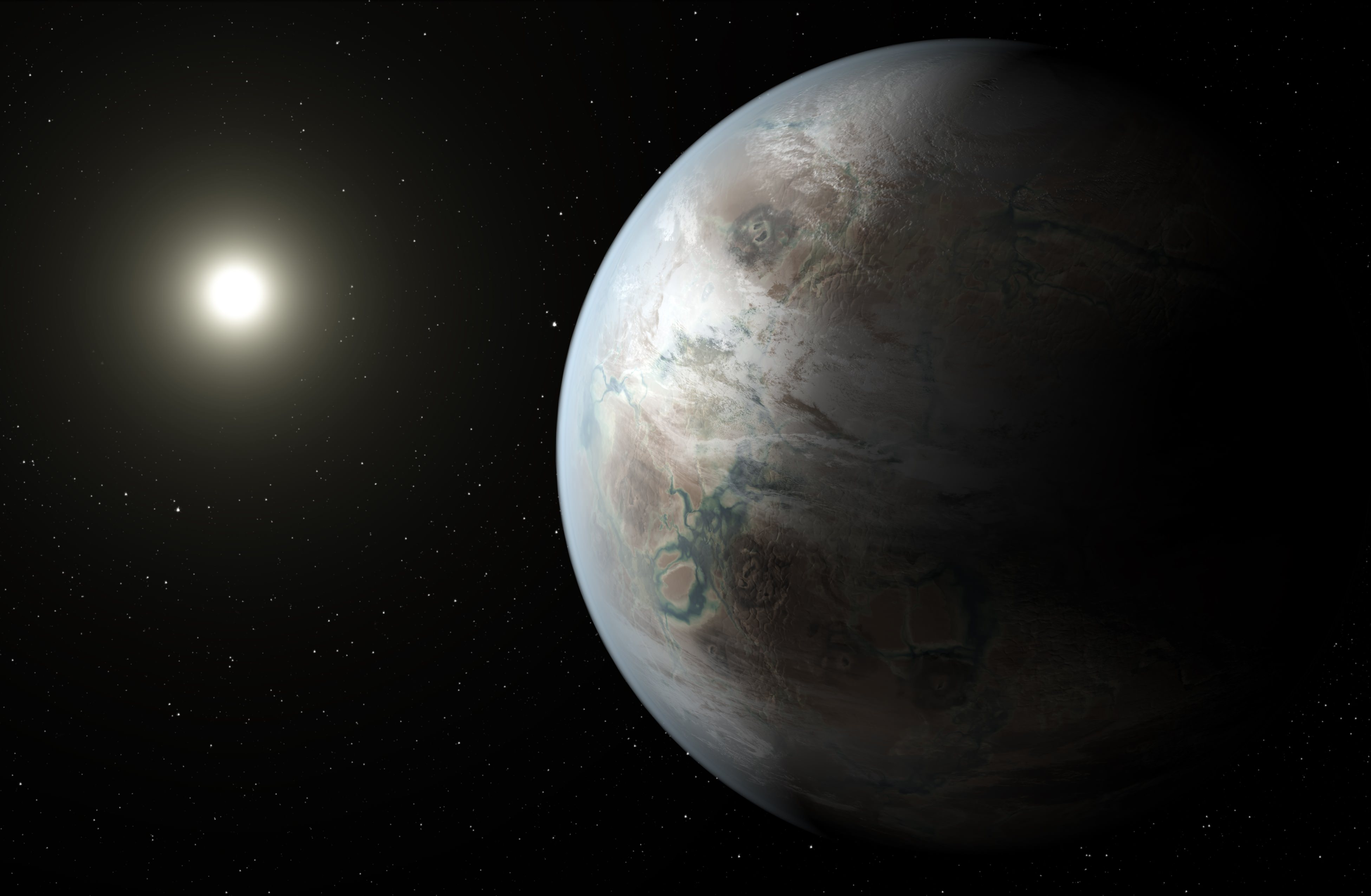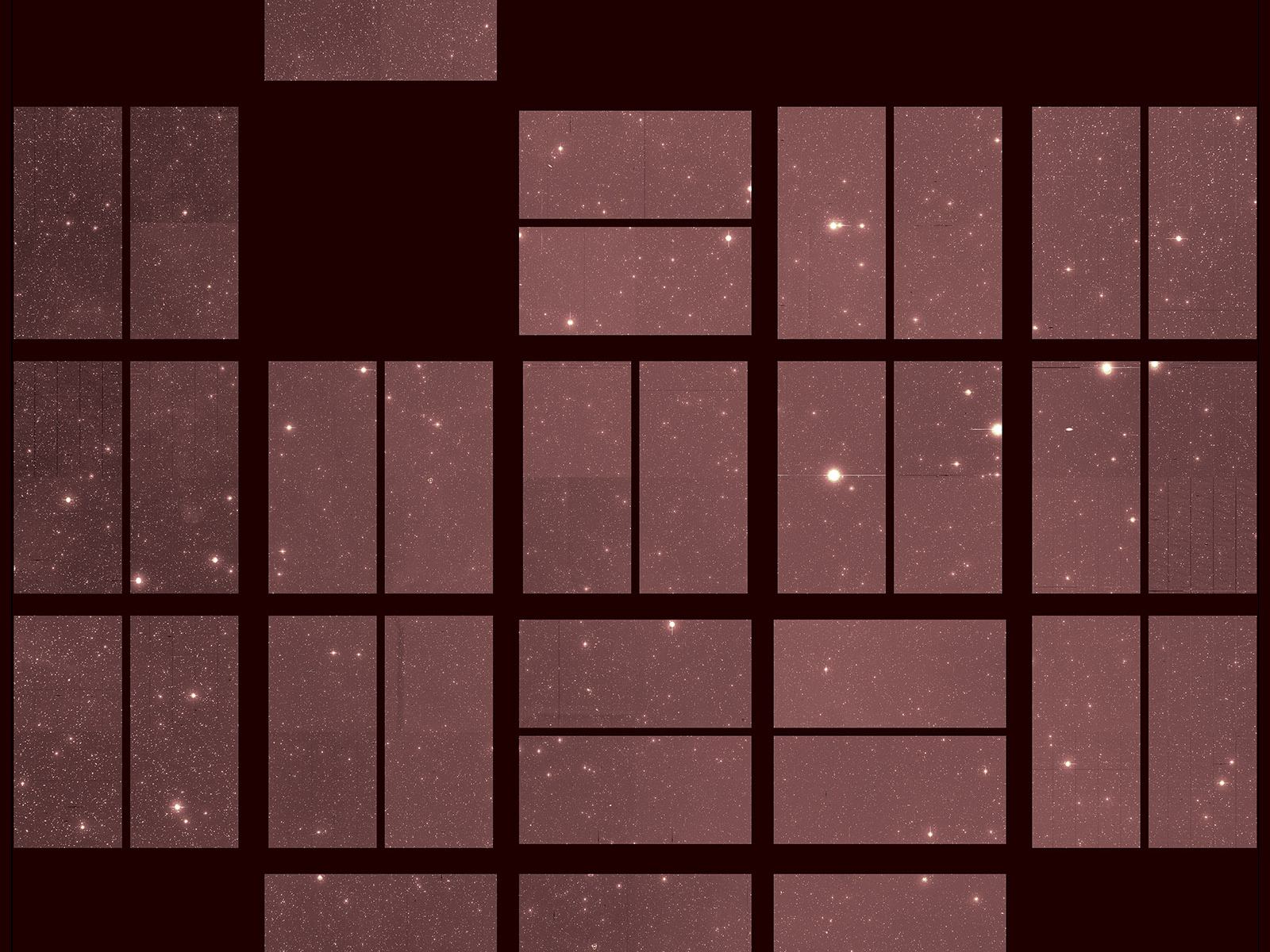Plate tectonics have played a vital role in the geological evolution of our planet. In addition, many scientists believe that Earth’s geologically activity may have played an important role in the evolution of life – and could even be essential for a planet’s habitability. For this reason, scientists have long sought to determine how and when Earth’s surface changed from molten, viscous rock to a solid crust that is constantly resurfacing.
Read moreGiant Meteor Impacts Might Have Triggered Early Earth’s Plate Tectonics


